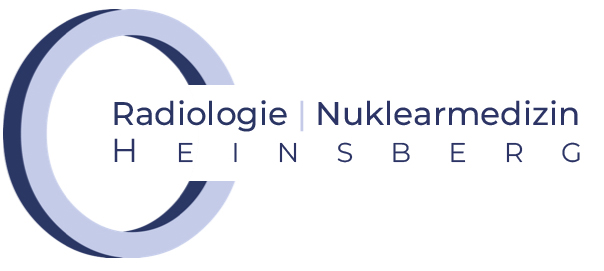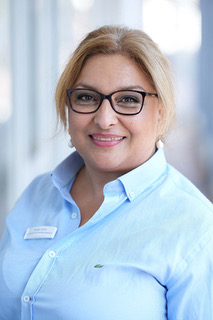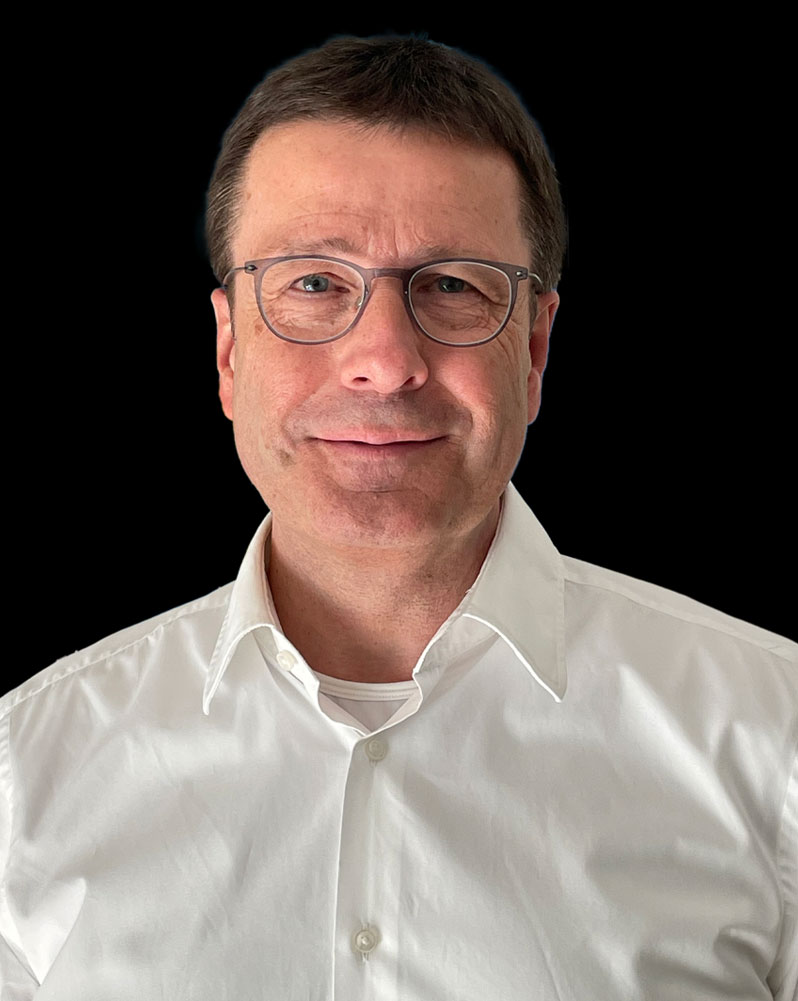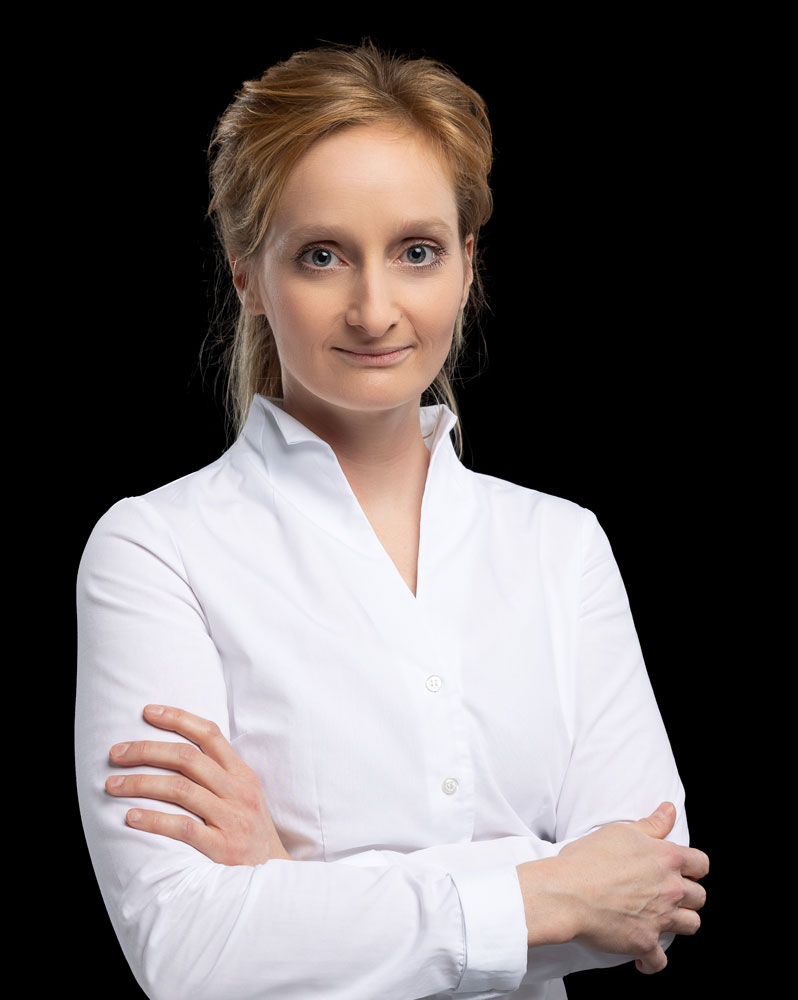CT-guided Pain Therapy (periradicular therapy | facet joint infiltration)
In radiology, we offer periradicular therapy (PRT) and facet joint infiltration. These two treatment options are designed to target the source of pain and thus achieve maximum pain reduction with a minimal dose of medication.
Periradicular therapy
ALL INFORMATION AT A GLANCE
Procedure
Areas of application
Patient comfort
Local anesthesia is administered prior to PRT. The treatment is performed on an outpatient basis and only takes a few minutes. You should not drive yourself after the treatment. It is recommended that you avoid sport and other physical activities as well as bathing and long showers until the following day after the treatment.
Facet joint infiltration
ALL INFORMATION AT A GLANCE
Procedure
In facet joint infiltration, pain-relieving medication is injected into the facet joint of the spine.
Areas of application
Patient comfort
PROCEDURE of periradicular therapy | facet joint infiltration
The principle briefly explained: Both procedures, periradicular therapy (PRT) and facet joint infiltration, are pain-relieving treatments that aim to reduce pain in the spine. However, they differ in their target regions and areas of application.
In periradicular therapy (PRT), medication is injected near the irritated or compressed nerve roots. This helps to reduce inflammation and relieve pain originating from these nerve roots.
Facet joint infiltration, on the other hand, aims to reduce pain and inflammation in the facet joints of the spine. These joints are responsible for the mobility of the spine. By injecting pain-relieving medication into these joints, the aim is to alleviate pain and improve mobility.
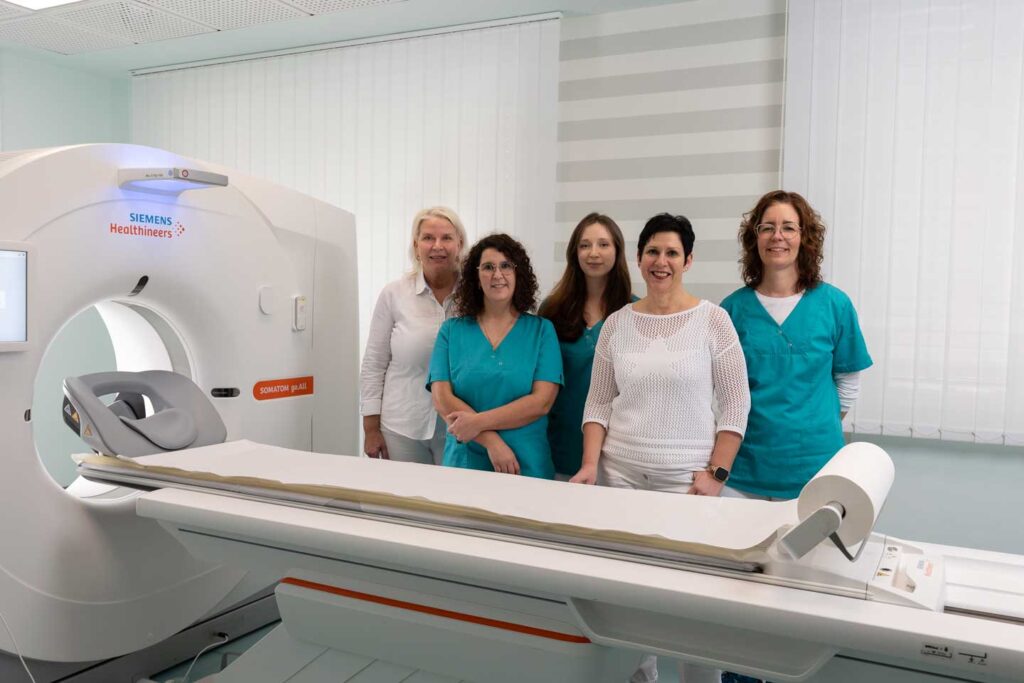
Procedure
Before examination
Please let us know before the appointment whether you are taking any anticoagulant or blood-thinning medication and if so, which medication you are taking. If necessary, a medication must be discontinued before the therapy.
You will receive an information sheet with all the important information before the treatment.
During the examination
The following points must be observed:
- Preparation:
You will be placed in as comfortable a position as possible on the CT couch, often in a prone position. It is very important that you remain in this position throughout the treatment. If you have any pain, concerns or other needs, you can simply speak to the medical staff at any time.
- The affected area will be disinfected.
- Local anesthesia:
A local anesthetic is administered to numb the injection area and make the procedure painless.
- Injection:
In this position, the injection cannula is inserted into the target area under repeated CT control, either in the region of the nerve root (PRT) or at the facet joint (facet joint infiltration). If the cannula is positioned correctly, the necessary medication is administered. There is no injection into the spinal canal or the spinal cord!
